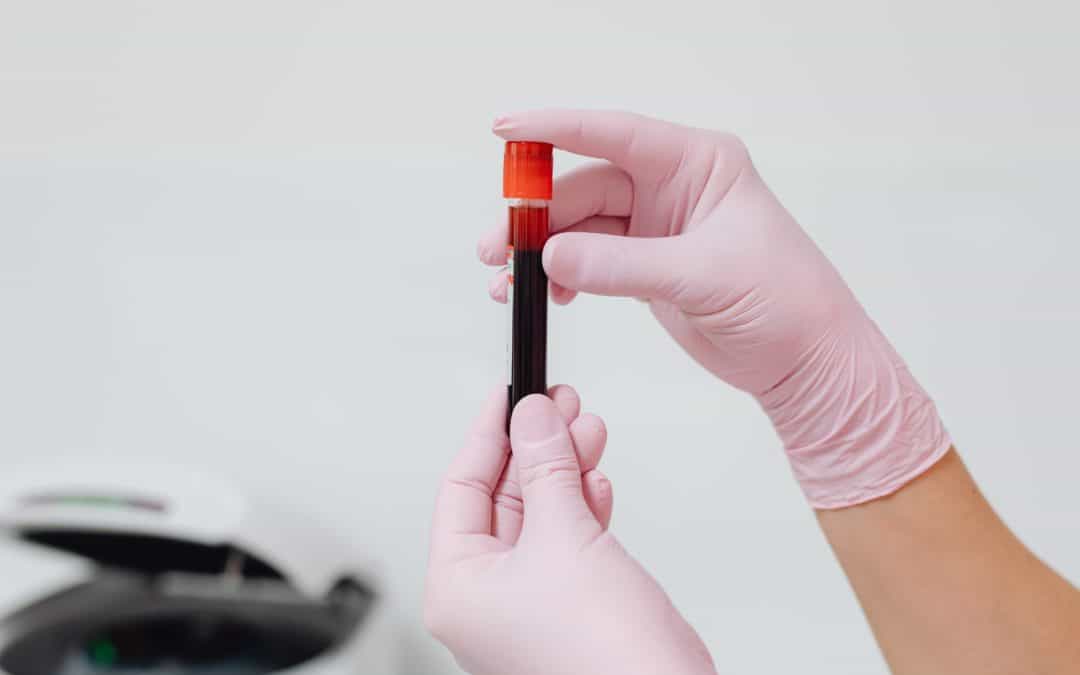Bloodborne pathogens are microorganisms in blood and other bodily fluids that can cause diseases. The human immunodeficiency virus (HIV) and the hepatitis B virus (HBV) are two examples of bloodborne pathogens (BBPs).
The danger of bloodborne pathogens has led the Occupational Safety and Health Administration (OSHA) to develop a standard protocol to protect workers from exposure to BBPs. This regulation is known today as the OSHA Bloodborne Pathogens Standard.
Healthcare organizations and medical-oriented businesses must follow the Standard Precautions laid out in the Bloodborne Pathogens Standard. They are also required to provide employees with the bloodborne pathogens training they need to comply with OSHA’s mandate. Failure to comply puts workers at risk while businesses will be subjected to penalties.
However, keeping up with the definitions, requirements, and prohibitions of the Bloodborne Pathogens Standard is challenging. It’s massive in scale and OSHA revises and revamps its policies regularly. Some rules remain constant though. Here are the rules you should know when it comes to working with Bloodborne Pathogens Standard:
Always Have a Plan
Every health organization and medical-based business must have an Exposure Control Plan. It explains in great detail the steps the company takes to prevent or reduce its workforce’s exposure to blood and Other Potentially Infectious Materials (OPIM).
The plan should have a list of job tasks where some employees are exposed and another where all workers are at risk. It should also detail the standard protocols workers will have to enact if they’re exposed. Companies must discuss the Exposure Plan with their frontline workers and ask for their feedback.
Assume Everything and Everyone is Infectious
OSHA’s Universal Precautions state all human blood and bodily fluids should be treated as containing bloodborne pathogens. it’s the first and most important rule when handling fluids. Treating blood and OPIM as hazardous even if they’re free from a disease will protect you in profound ways.
It’s therefore imperative that exposure controls must be implemented at all times. Examples of these work practice controls are:
- Regular hand washing. Employees must wash their hands often and do so thoroughly and vigorously. Companies must also provide enough wash areas for their workers.
- Consistent use of Personal Protective Equipment (PPE). Workers must have access to protective gear at all times.
- Implement proper disposal of sharps. The worker should treat needles and other sharp implements as if they’re contaminated. It should be placed in secure containers and disposed of properly.
Provide Workers with PPE
As the name implies, PPE is specialized clothing used to ensure the worker is safe from BBPs and other threats. PPE includes gloves, face masks, face shields, goggles, and mouthpieces. Lab coats, gowns, and resuscitation bags are also parts of PPE.
Employers must provide workers with the right PPE. The company will maintain the equipment and will shoulder all costs related to it.
Provide the Proper Vaccinations
The Bloodborne Pathogens Standard also states that companies offer all occupationally exposed workers hepatitis B vaccinations. The vaccine must be given to employees within 10 days of starting their assignment. Any vaccination should also be done after the worker completes their required bloodborne pathogens training.
Assess and Follow-up
Steps must be taken immediately after an incident of exposure to bloodborne pathogens. The company must require employees to undergo a medical evaluation and follow-up. The process is confidential and all expenses are to be shouldered by the company. Detailed documentation should be made as well. It should include the circumstances of the exposure and the steps made to control it.
Use Warning Labels
Companies are required to affix warning labels on specific items. This includes containers of medical waste and reusable sharps that might be contaminated with bloodborne pathogens. The refrigerators and freezers used for storing blood and OPIM should also be labeled.
Conduct Regular Training
Healthcare professionals and employees of health industry businesses are required to undergo bloodborne pathogens training. They will be taught the Bloodborne Pathogens Standard requirements, including how to control exposure to BBPs, policies, and protocols.
The training will also discuss medical evaluations, proper handling and disposal of blood and bodily fluids, sharps use and disposal, and how to keep and maintain the mandated logs.
Every new employee must undergo training and get certified before they begin their employment. There should also be refresher courses for the entire workforce. Training can be scheduled at least once a year or every time revisions or additions are made to the company’s bloodborne management protocol.
Compliance with OSHA’s Bloodborne Pathogens Standard is a must. It’s a challenging process, but it will safeguard your workers against exposure to bloodborne pathogens. The legislation can be confusing but learning these standard rules is a step to ensuring compliance.








